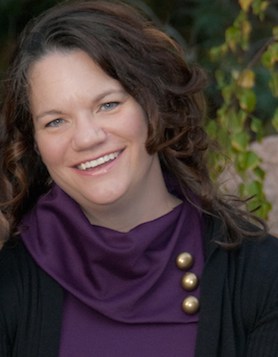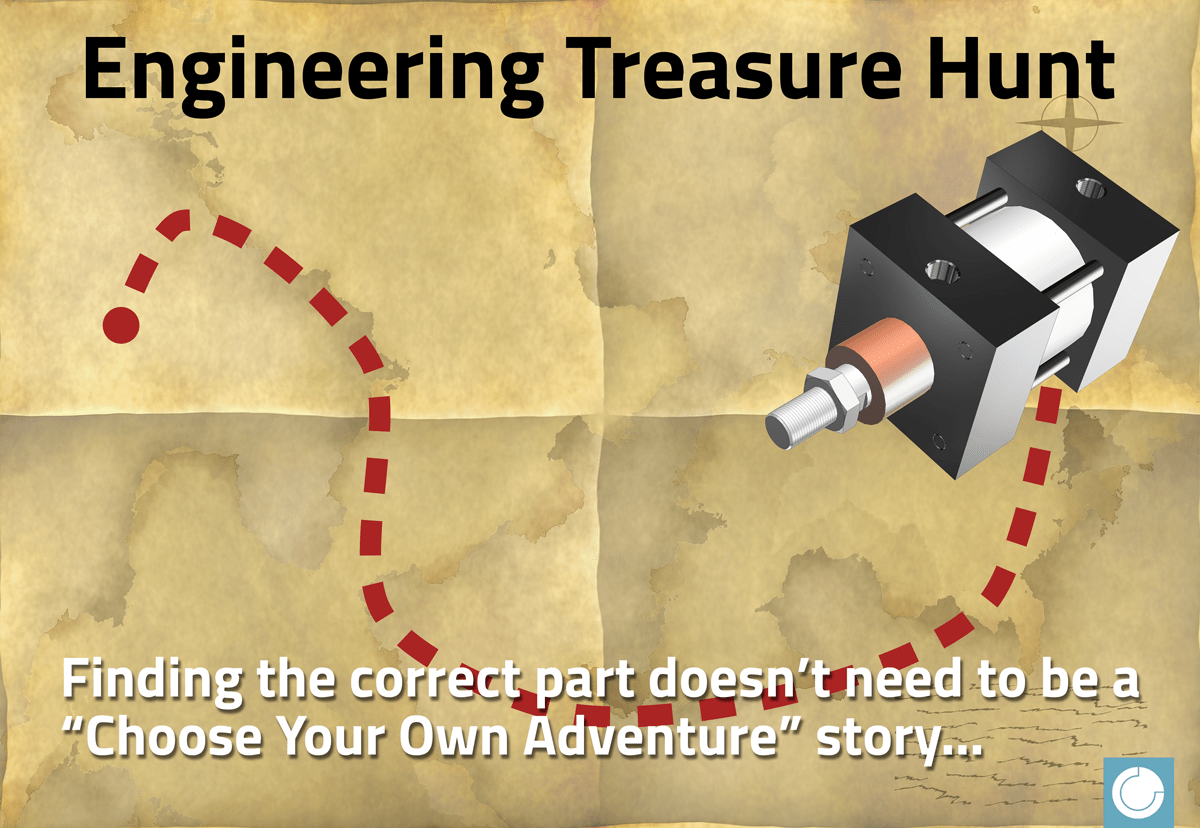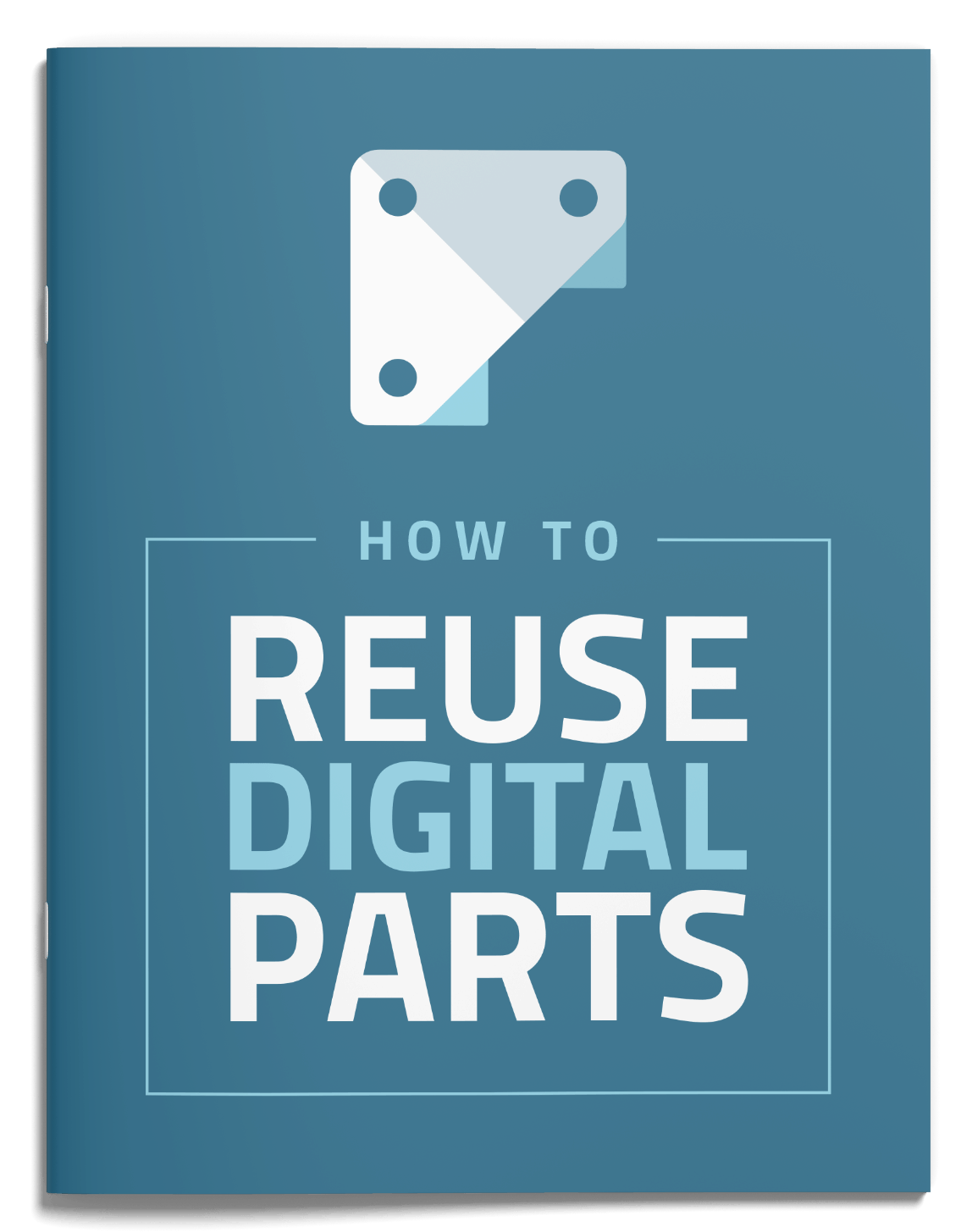Engineering Treasure Hunt for Supplier Standards
Finding the correct part doesn’t need to be a “Choose your own Adventure” story
Common parts, standard parts, supplier parts, vendor assemblies, stuff you buy from McMaster Carr — Whatever you call your parts that are purchased or regularly used in your assemblies, these are catalog parts, and they are separated into three categories.
CATALOG PART TYPES
- Industry Standards (Parts endorsed by a Standards Body Organizations or SBOs)
- Supplier Standards (Parts that an organization purchases)
- Internal Standards (Parts that an organization designs and manufactures, and then re-uses over and over again)
Regardless of catalog part type, (chances are all three are necessary), you need 3D models that are: created and maintained consistently and certified to accurately represent the actual hardware. Easy to state, but may not be trivial to implement. However, there are solutions available that will enable 3D CAD models in any format that are correct, certified and consistent.
In my first example I’ll go through the process of specifying a part the traditional way. Bear with me, while I walk you through a typical CAD designer’s day when building their product assemblies.
Is this your workflow when creating your 3D assembly models and finding a model that accurately represents the catalog part you need:
- My job is to design-up an air duct system for an earth moving vehicle.
- I know I want to use a standard fan and bolt it directly onto an air-duct, so before I even start the air-duct design, I’d like to use the electric fan in my CAD assembly, so I can build from it’s geometry directly.
- I have a random idea of size, shape and CFM (Cubic Feet per Minute) that I want. So where do I go? Off to the “InterWebs”!
- I do a Google search on “Electronics fan”.
- I see that Allied and Mouser have standard electric fans.
- I click on the Allied link, only because I recognize that company name.
- I see there are lots of fans, and lots of choices.
- I narrow the search using the Allied search and filtering tools, which are not so bad.
- Since I think I’d like a square fan about 1.5″ square, I scan down to roughly discover something close.
- I roughly select a fan that looks about right …. Now what?
- Choose your adventure:
- Do I click on the Allied part specs and see if they have a 3D model to download? How comfortable do I feel that this model is modeled accurately?
- Do I click on the Allied part specs and download a 2D PDF and model the part myself?
- Do I go over to the Part Solutions Catalogue and see if that manufacturer is in there? Then download the catalogue, then find the specific fan I want, then download into my native CAD?
What is the best way?
Traditional methods are time consuming and often not accurate. The following video uses CADENAS PARTSolutions in a MBD (Model Based Definition) workflow to specify a pneumatic cylinder using modern techniques and software.
Designer workflow using an in-situ plug-in with SolidWorks that allows access to a global supply chain of accurate, source controlled CAD models of certified supplier standard parts.
Finding the best way, is an individual solution that matches your business operation, yet should be steeped in the collective knowledge of “common or catalog parts”.
A strategy of CAD re-use seems to be a reasonable solution, and you know beginning with your CAD models for hardware products is a great place to start. Most likely you have silos of work and there is a lot of throwing CAD files over fences and having no idea how, where or why they are used.
Become an MBE / MBD Expert: Get the details on the next public MBE / MBD Workshop conducted by Jennifer and hosted by PARTsolutions.
The designer innovates the products, the analyst evaluates how the product will function over the expected life of the part, and the quality and manufacturing group just wants it all to fit together the first time. This re-use strategy focused on CAD models is called Model-Based Engineering (MBE), or the Digital-Thread. This term has individual meaning to most every engineer, but fundamentally the concept is the same: “Re-use the 3D parts you make, and re-use them in multiple ways”.
Because we don’t build parts, we build assemblies; it is also critical to represent standard, supplier standard and internal common parts correctly, confidently and consistently (standards gurus call this the 3 Cs). You could use the toolbox that come with the CAD systems, but they are typically an add-on cost. Furthermore, I don’t feel confident they are modeled accurately to the spec, nor consistenly modeled.
CADENAS PARTsolutions is a critical piece of the MBE puzzle and is a way to quickly purchase quality and manufacturing excellence into your “standard” parts. Part Solutions is a software plug-in and service that gives designers access to accurate, re-usable catalogue parts. Whether the “standard” parts you typically model are: unique to your organization, but reused regularly; a purchased off-the-shelf (COTS) part provided by a vendor, and are consistently used in your products; or it is a part defined by and manufactured to a national organization’s specification (ASME, SAE, MS, NAS, ANSI), Part Solutions supports and insures guaranteed part models.
Become an MBE / MBD Expert: Get the details on the next public MBE / MBD Workshop conducted by Jennifer and hosted by PARTsolutions.
It works with PDM and PLM systems, and never allows the duplication of the same catalogue part to proliferate throughout your organization. Go ahead, search your PDM for a #8 screw CAD model. How many did you find? At least 10 right? Now ask yourself if you know how many are modeled accurately to the specification it was purchase to? Where are those fasteners used, and in what assemblies? Is that CAD part file locked or released? If you find more than one individual #8 screw model, then you need to find out more about how to access, work with, and feel comfortable with catalogue part models that can be used inside your native CAD system facilitating the designer to work faster and with the best CAD data available.
Because we CAD Designers are spending 25% of our time mining for the right models, reducing the time spent on “Choosing their own adventure” 11 step work flow into a quick and seamless in-situ collaborative design environment has massive opportunity to save you time, money and improve the quality of your products.
Stay tuned for future benefits of a re-use CAD strategy that builds upon the concept of the three C’s (Confidence, Consistency and Correctness).
 About the Author: Jennifer Herron is the CEO of Action Engineering. Ms. Herron regularly gives public seminars and consults on model-based topics and CAD and Digital-Enterprise based workshops. She is the author of “Re-Use Your CAD: The Model-Based CAD Handbook,” published in 2013.
About the Author: Jennifer Herron is the CEO of Action Engineering. Ms. Herron regularly gives public seminars and consults on model-based topics and CAD and Digital-Enterprise based workshops. She is the author of “Re-Use Your CAD: The Model-Based CAD Handbook,” published in 2013.
Action Engineering provides services that enable discrete manufacturing OEMs and suppliers to improve their products, maximize engineering time, and improve product quality through the use of Model-Based Definition (MBD) within a Model-Based Enterprise (MBE) and Digital Enterprise. As process-based experts in the Digital Enterprise, Action Engineering guides organizations on their Digital Enterprise journey.
Become an MBE / MBD Expert: Get the details on the next public MBE / MBD Workshop conducted by Jennifer and hosted by PARTsolutions.
Learn More: Get These Free eBooks
The Basics of SPM
SPM vs. Classification
MBE / MBD for Mfgs
Adam Beck
Latest posts by Adam Beck (see all)
- 2025 Industrial Marketing Summit Announced for February 26-28 in Austin, TX - May 31, 2024
- Engineering the World’s Longest Solar Eclipse - April 9, 2024
- How AR CAD Models and Apple Vision are Helping Engineers Become Tony Stark - March 12, 2024




